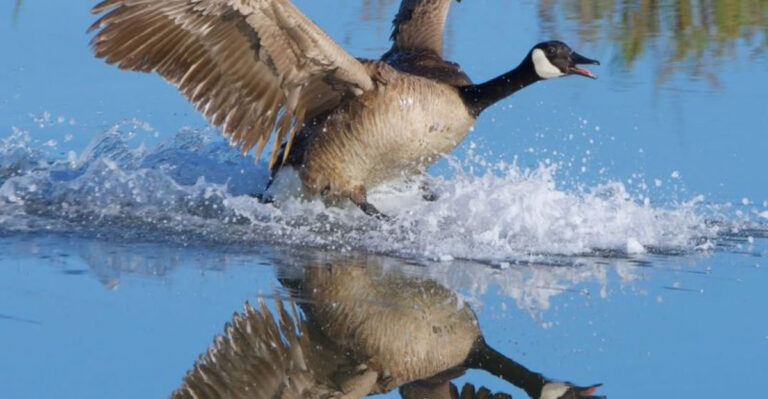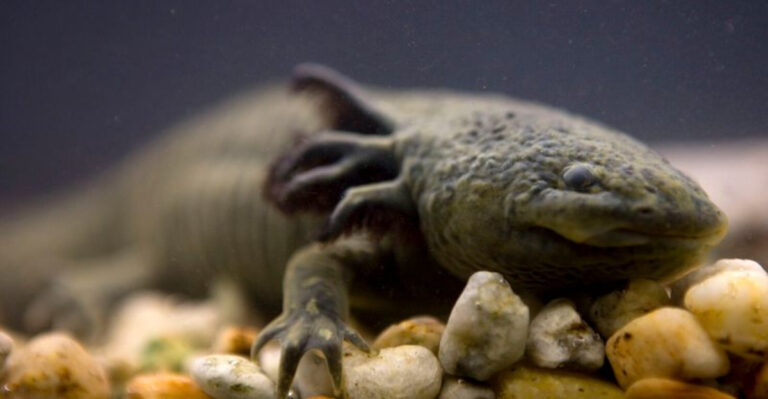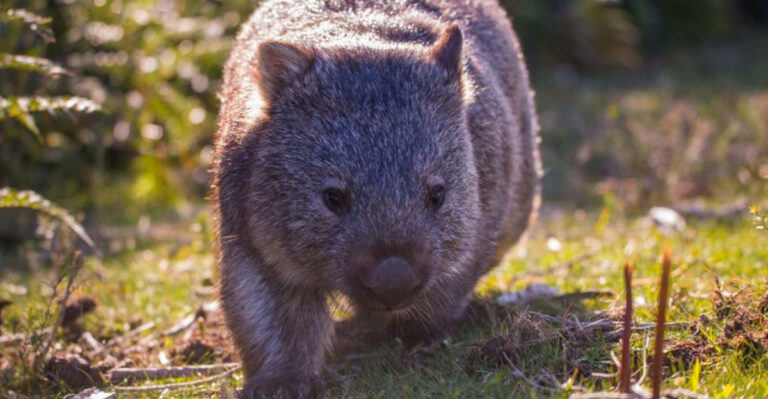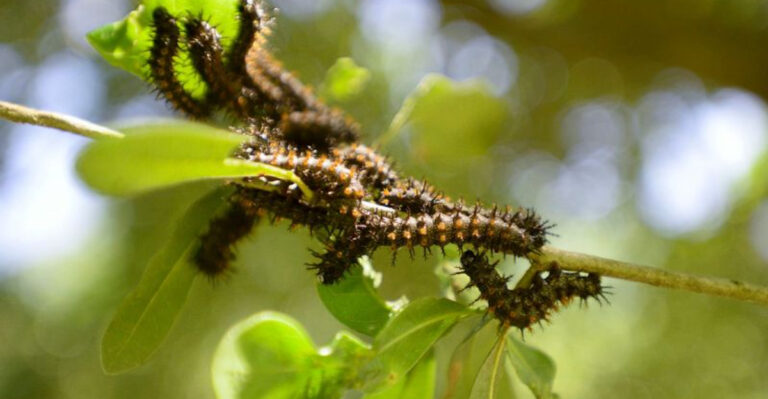15 Essential Facts About Snails
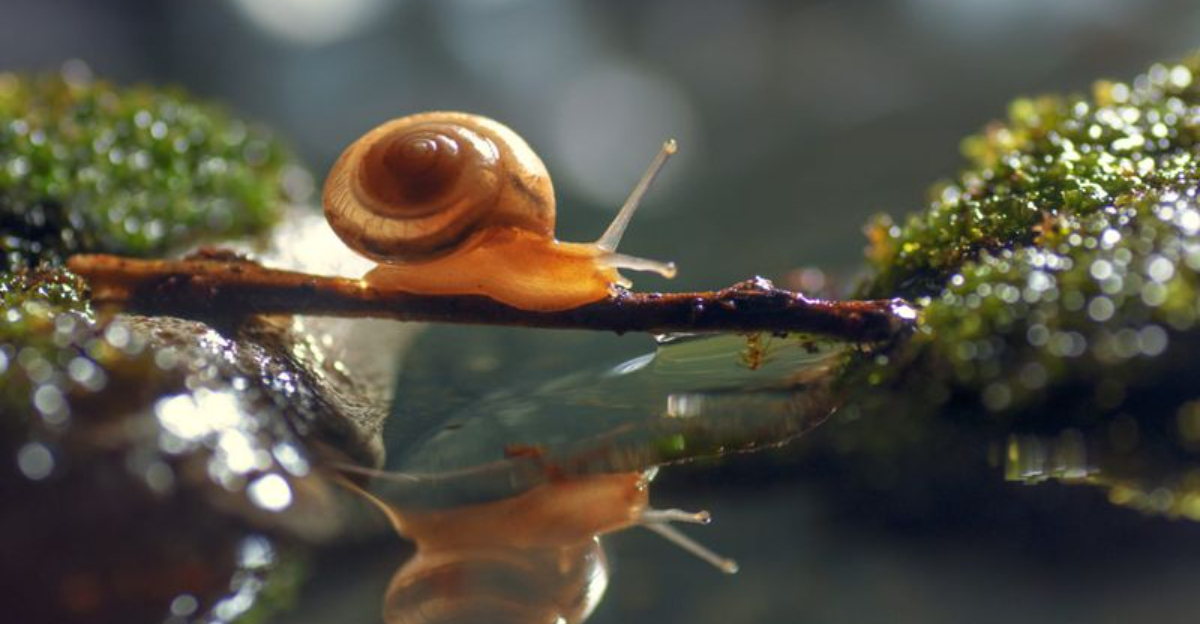
Ever wondered about those slow-moving creatures leaving silvery trails across your garden? Snails are fascinating mollusks with surprising abilities and behaviors that often go unnoticed.
From having thousands of teeth to being able to sleep for years, these shell-bearing animals hide remarkable secrets beneath their unassuming appearance.
1. Garden Champions With Thousands Of Teeth
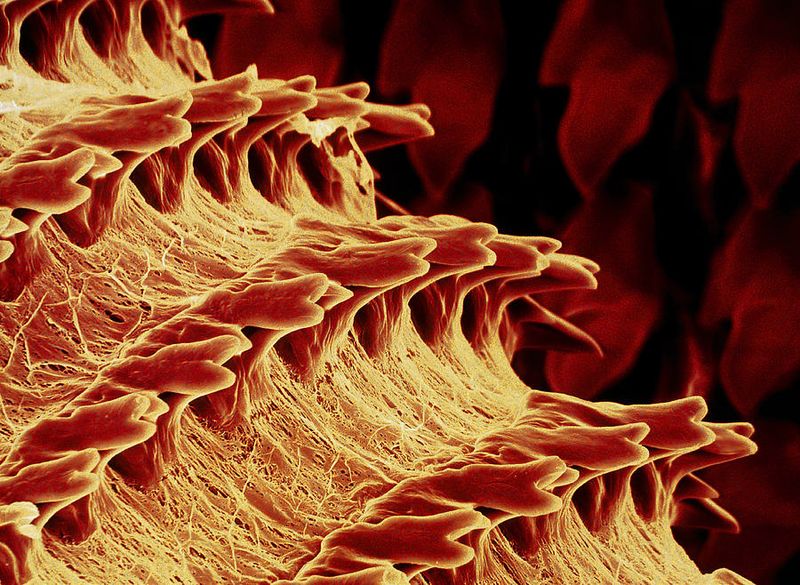
Would you believe a creature so small packs up to 25,000 microscopic teeth? Arranged on a ribbon-like structure called a radula, these tiny teeth scrape up food particles.
Unlike human teeth, snail teeth contain iron, making them incredibly strong – comparable to some of the toughest materials known to science!
2. Masters Of Deep Sleep
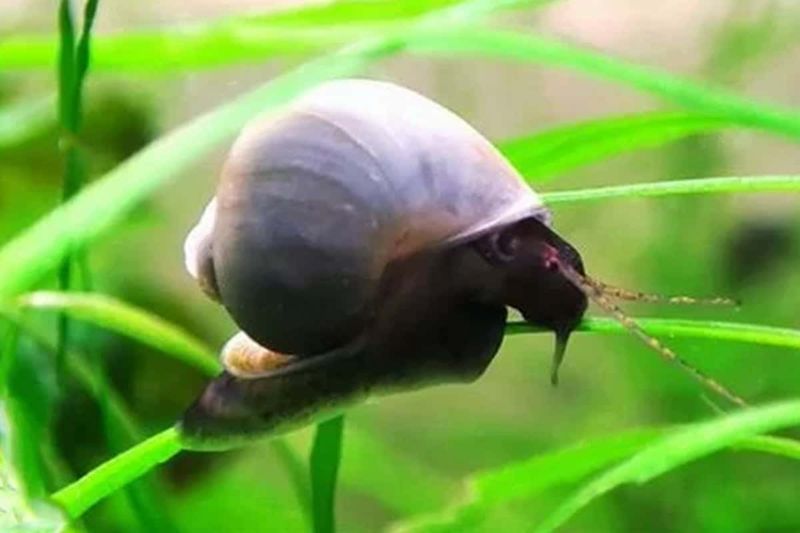
Fancy hibernating for three years straight? Some snail species can enter a state called estivation during dry periods, sealing themselves inside their shells with a layer of mucus.
During this remarkable dormancy, their metabolism slows to a crawl. One desert snail in a museum collection woke up after four years, surprising scientists who thought it was just an empty shell!
3. Moving At A Snail’s Pace
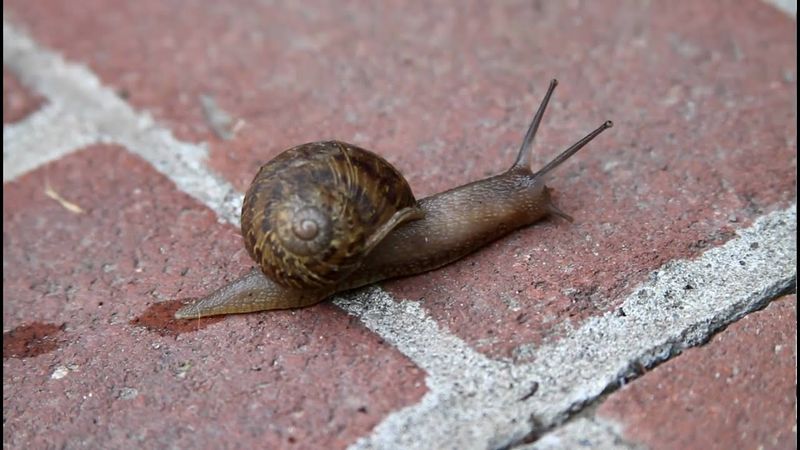
That famous slowness isn’t just a saying! Garden snails typically crawl at 0.03 miles per hour – taking over 33 hours to complete a single mile.
They move by contracting muscle waves along their foot, while secreting mucus creates a slippery highway that protects them from sharp objects. This brilliant locomotion method lets them climb walls and even travel upside-down!
4. Breathing Through Their Skin
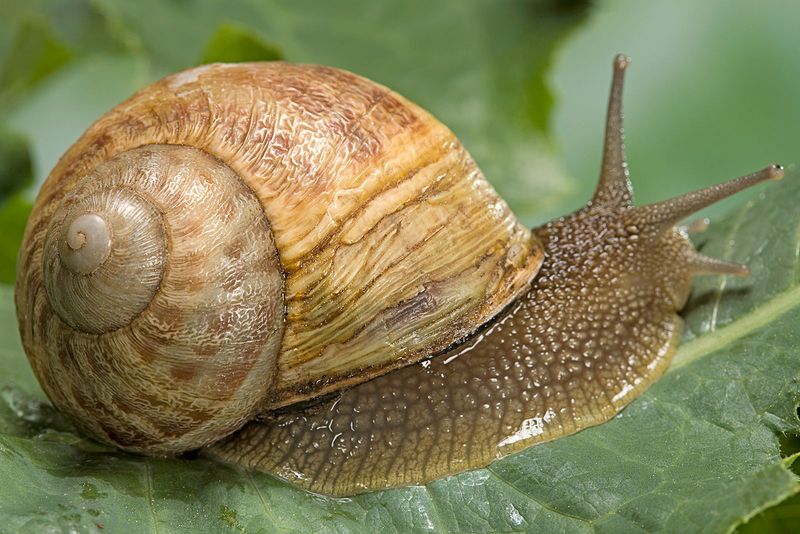
Talk about multitasking! Snails breathe through a primitive lung and their skin. This unusual respiratory system allows them to survive in various environments.
Land snails have a single lung, while aquatic snails use gills. Their skin contains tiny pores that absorb oxygen directly from the environment. This dual breathing system makes them remarkably adaptable to changing conditions!
5. Romantic Blue Bloods
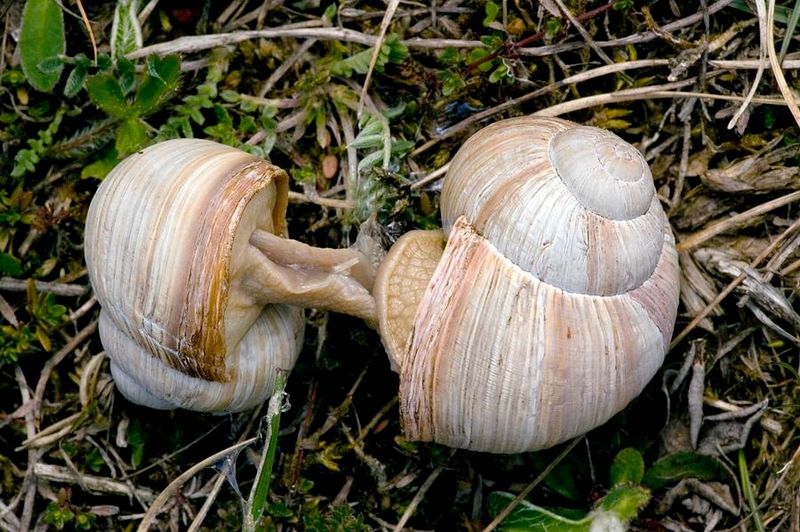
Copper, not iron, makes snail blood blue! Their hemocyanin (blood protein) contains copper that turns blue when oxygen-rich – quite different from our red, iron-based blood.
Even more fascinating is their love life. Most snails are hermaphrodites with both male and female reproductive organs. During mating, they exchange sperm packages, sometimes firing love darts at each other first!
6. Shell Architects From Birth
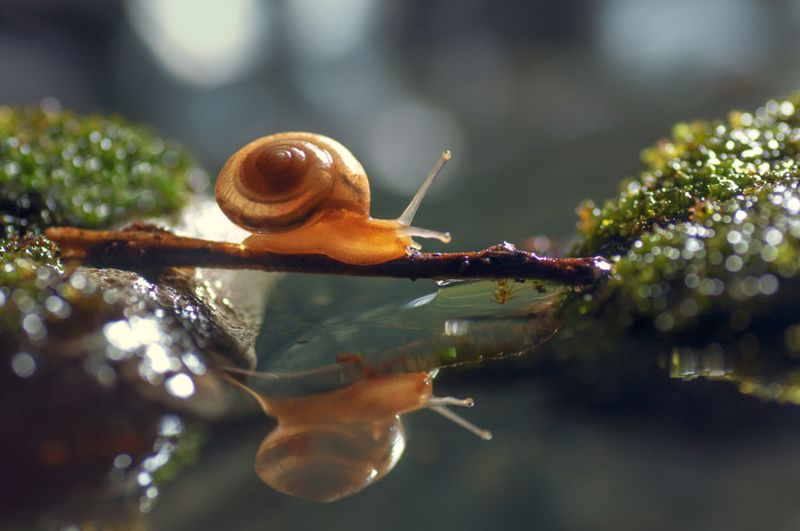
Born with a soft shell that hardens within hours, baby snails immediately begin the lifelong project of expanding their homes. The shell grows with them, adding new material at the opening edge.
Calcium absorbed from their diet builds these spiral fortresses. If damaged, snails can repair minor shell cracks, but serious breaks can be fatal. Their shells contain their vital organs and serve as protection!
7. Memory Masters Despite Simple Brains
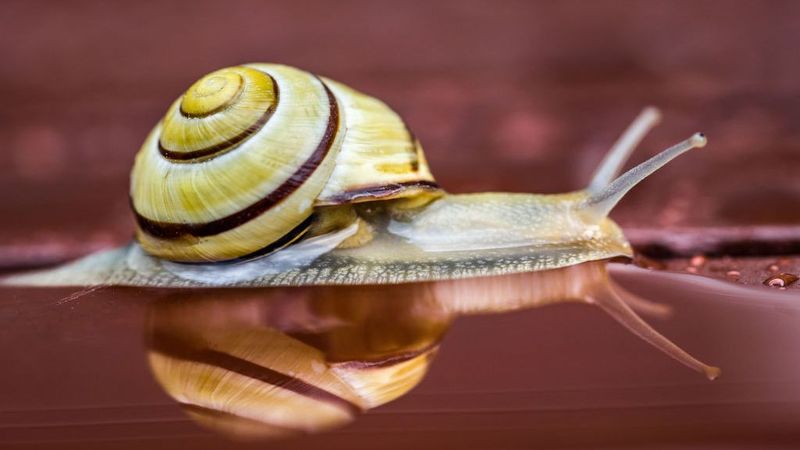
Contrary to what you might expect, snails can remember things for months! With brains containing just a few thousand neurons (compared to our billions), they still form long-term memories.
Scientists have trained snails to respond to certain stimuli, and they recall the training weeks later. They can even recognize familiar territories and find their way back home after wandering, demonstrating surprising spatial memory!
8. Four-Nosed Sensory Experts
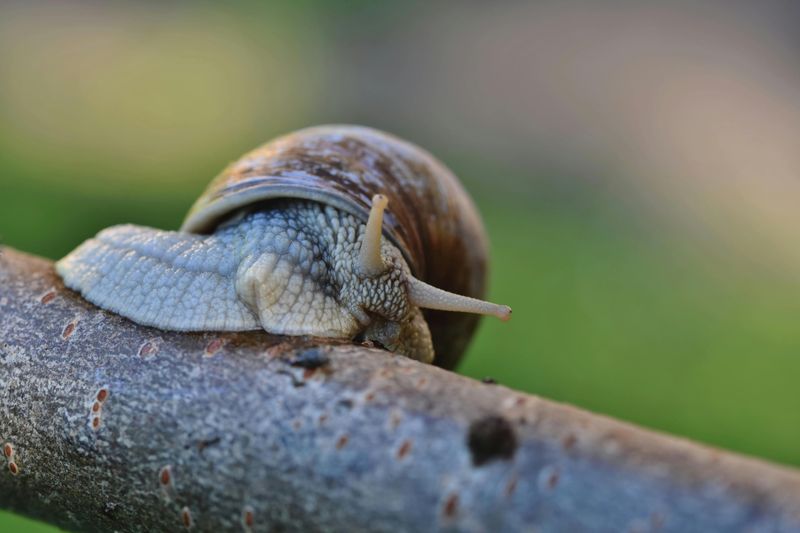
Those iconic tentacles aren’t just for show! Snails have four tentacles – the longer upper pair houses eyes that can detect light and movement but form only basic images.
The shorter lower tentacles work as super-sensitive noses, constantly sampling the environment for chemical cues. If damaged or lost, these remarkable tentacles can completely regenerate within weeks – an ability scientists are studying intensely.
9. Slime With Superpowers

That glistening trail isn’t just gross – it’s a scientific marvel! Snail mucus can be both solid and liquid simultaneously, allowing snails to stick to surfaces while gliding smoothly.
Medical researchers are studying this remarkable substance for wound healing properties. The mucus contains compounds that reduce inflammation and stimulate skin cell production. Some expensive beauty products already include snail secretions for their regenerative qualities!
10. Record-Breaking Giants And Tiny Champions
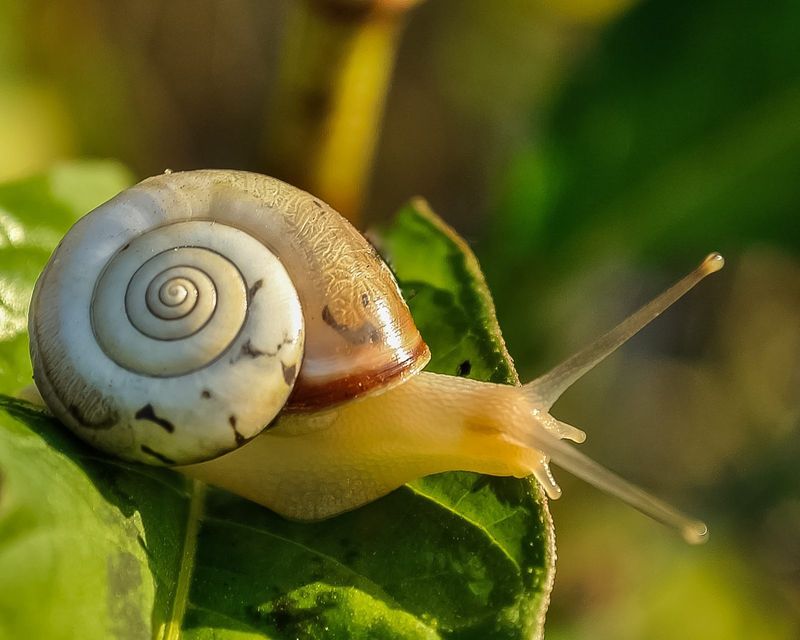
From the massive Australian trumpet snail weighing over 2 pounds with a shell nearly 30 inches long to the minuscule Angustopila dominikae measuring just 0.03 inches – snails come in astonishing size ranges!
The smallest snails could fit through the eye of a needle with room to spare. These tiny species often live their entire lives in areas smaller than your palm, feeding on microscopic particles.
11. Gourmet Delicacies Worldwide
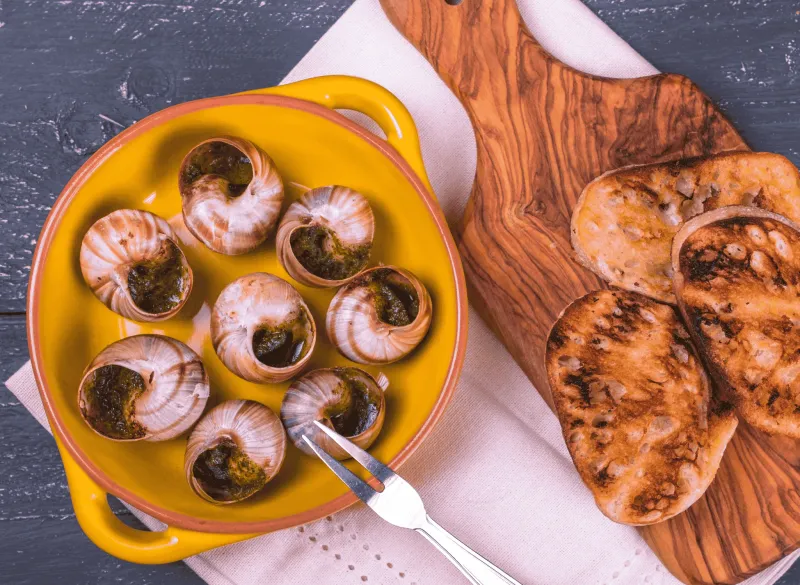
Escargot isn’t just fancy French food – snails have been human cuisine for thousands of years! Archaeological evidence shows prehistoric humans enjoyed these protein-rich morsels.
Today, snail farming (heliciculture) is a growing industry. Beyond France, countries like Morocco, Italy, and Spain consume millions annually. Farm-raised snails are typically fed herbs like thyme and rosemary to enhance their flavor before harvesting.
12. Ancient Survivors Predating Dinosaurs

Fossils tell us snails have been sliding around Earth for over 500 million years – outlasting dinosaurs and countless other species! Their basic design has proven remarkably effective.
Some modern snail species appear virtually unchanged from ancestors that lived 200 million years ago. This evolutionary success story demonstrates how their simple yet effective adaptations have helped them survive multiple mass extinction events.
13. Farmers’ Friends And Foes
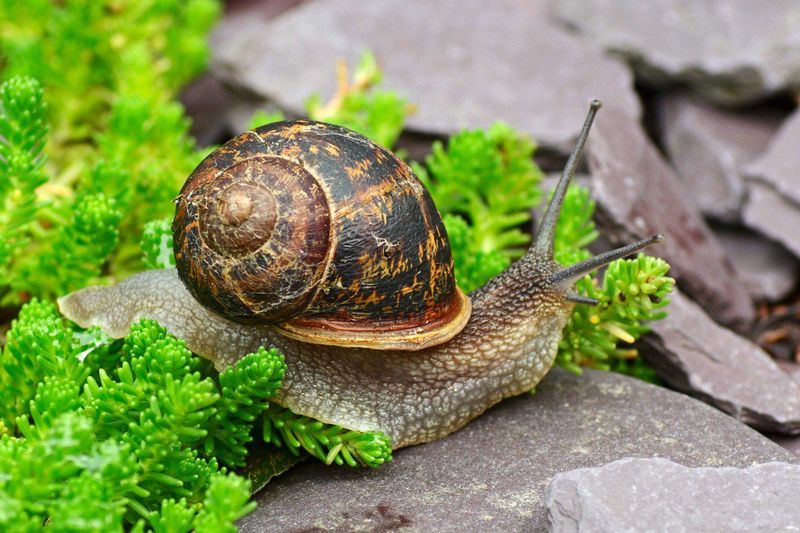
Garden snails get bad press for munching prized plants, but their ecological role is complex. They break down dead plant material, helping create rich soil, and their calcium-rich shells gradually dissolve to provide nutrients.
Some species even help control harmful fungi. However, invasive snail species can devastate crops and native ecosystems. The giant African land snail causes millions in agricultural damage annually in regions where it’s been introduced.
14. Communication Without Words
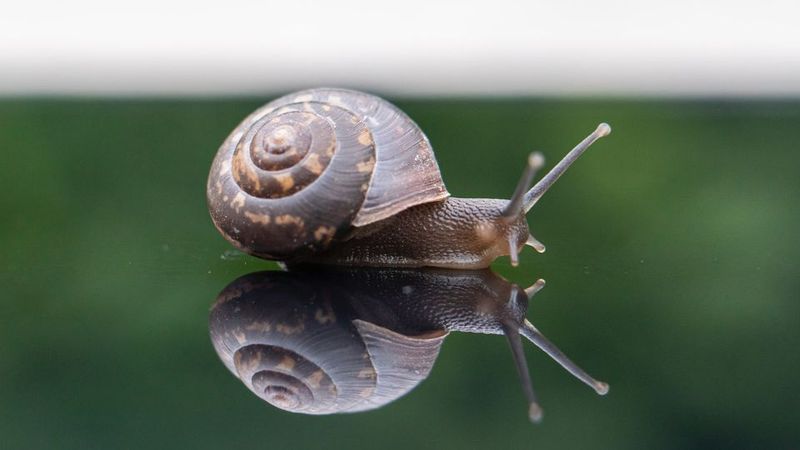
Far from silent creatures, snails communicate through complex chemical signals in their slime trails. These chemical messages help them find mates and warn others of dangers.
Following another snail’s mucus trail provides information about its species, size, and reproductive status. Some predatory snails can even track prey this way! Scientists have identified over 20 different chemical compounds in snail mucus that serve various communication functions.
15. Water Conservationists With Built-in Tanks

During drought, land snails become water-saving experts. Their bodies can lose up to 50% of their moisture while remaining alive – an ability few animals possess.
They retreat into their shells, sealing the opening with dried mucus called an epiphragm that prevents water loss. Inside this sealed chamber, they can store water in specialized body compartments, allowing survival during extended dry periods that would kill most creatures.


